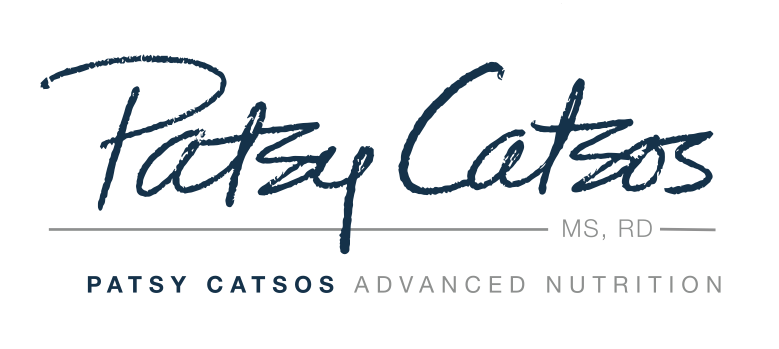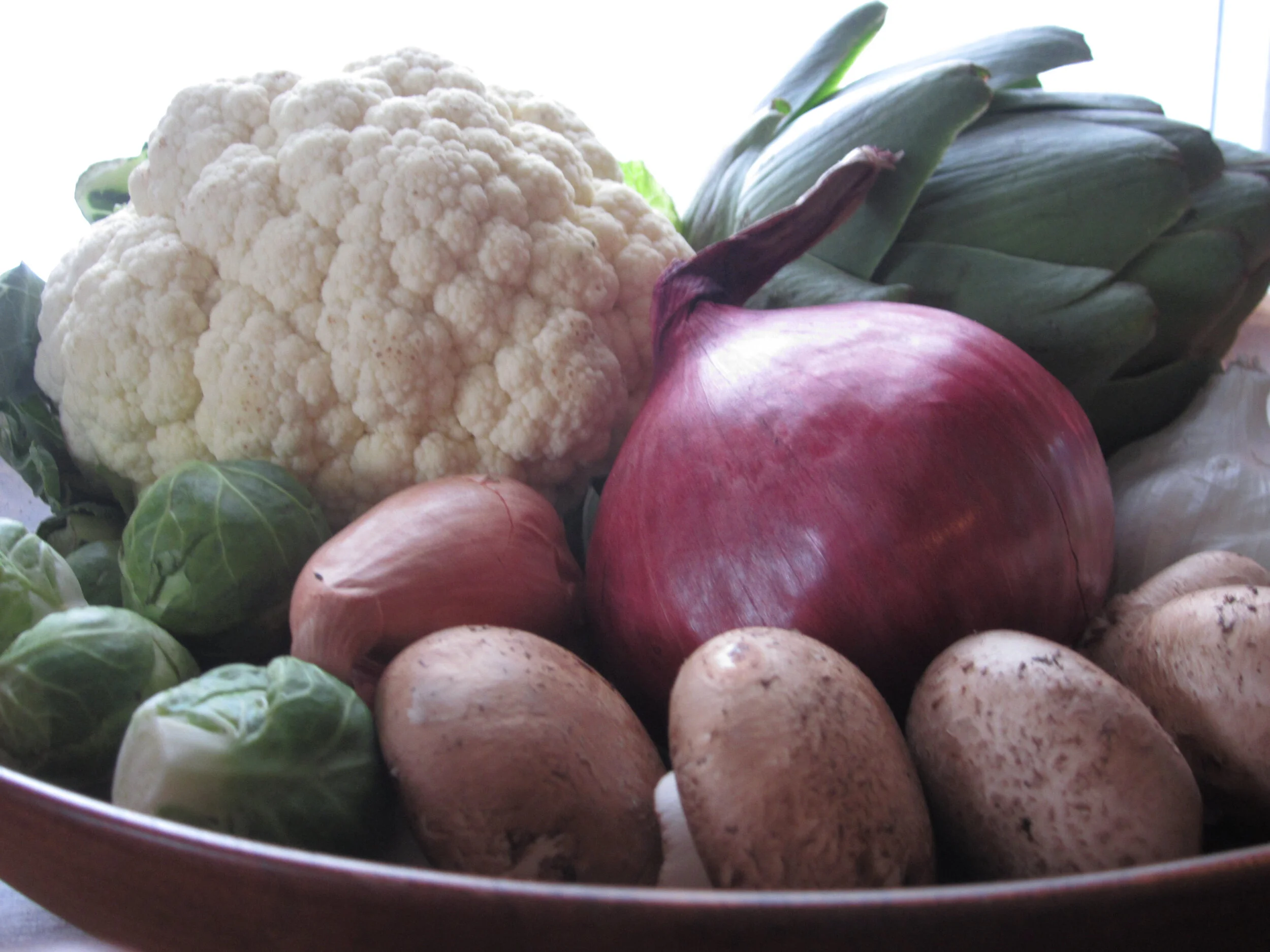Q. I’ve been on the low-FODMAP diet for at least 7 years. I’ve consulted 3 doctors and one nutritionist, and no one has been able to enlighten me as to whether it’s possible to reintegrate the problem foods. You seem to say that it is possible. Can you kindly elaborate on how one does this? If there’s a way to condition my body to accept higher-FODMAP foods I would love to know about it.
Short Answer: For most people with IBS, it’s possible (and recommended) to at least partially reintegrate some high-FODMAP foods after just a few weeks on the elimination phase of the diet. Which foods (and how much) you will be able to reintegrate is revealed through careful observation during the reintroduction phase of the diet program. The reintroduction process is less about conditioning your body to accept high-FODMAP foods, and more about learning what your limits are. Being able to eat an overall high-FODMAP diet in the future is not one of the expected outcomes of the FODMAP elimination and reintroduction process.
Let’s review
The purpose of the elimination phase of a low-FODMAP diet, during which you eat only low-FODMAP foods, is to answer the question, “Are FODMAPs contributing to my IBS symptoms?”. It is diagnostic, in a sense. If symptom improve on the low-FODMAP diet, then the answer to the question is “yes”. However, high FODMAP foods are not the underlying cause of IBS itself; following a low-FODMAP diet for a period of time does not cure it. Following a low-FODMAP diet therefore does not earn future FODMAP tolerance (though the it may, thankfully, help many people be free of debilitating IBS symptoms).
The reintroduction process is less about conditioning your body to accept high-FODMAP foods, and more about learning what your limits are. The goal is to be able to enjoy at least small portions of some of the foods.
The purposes of the reintroduction phase are 1) to identify which FODMAPs are your symptom triggers, and 2) to test what level of FODMAPs you can tolerate, so that you can add priority high-FODMAP foods back to your diet to the extent tolerated. The FODMAP reintroduction process provides highly personalized feedback on these two points; it is not capable of increasing your ability to tolerate a high FODMAP diet. That is just not the way it works. Your doctors and nutritionist have not been holding out on you. You didn’t mention whether you have undertaken a formal FODMAP reintroduction process to test your tolerance. I encourage anyone who needs guidance on that task to use Steps 6 and 7 of The IBS Elimination Diet and Cookbook. It is the best process I know of to get the information you are seeking, though other healthcare providers and FODMAP experts use their own variations.
Some Possible Outcomes
Some people discover during reintroduction that certain FODMAPs don’t bother them. Never did. Eating low-FODMAP for a few weeks didn’t make it so. The elimination/reintroduction process merely revealed this information to them. These folks can then focus on managing only the other, problem, FODMAPs.
Other people find that large portions of any and all FODMAPs trigger symptoms, but small portions are OK. Well then, small portions it is! Small portions of healthy high FODMAP foods like yogurt, beans and onions are better than none, for many reasons. Gradually increasing the portions of these foods is less about conditioning your body to accept them, and more about learning what your limits are. For high-lactose milk products or beans, some eventually find that using enzyme supplements can help their bodies accept some amount of these foods. (Pro tip: Wait until after the reintroduction process is complete to try these.)
A third possible outcome is the discovery that no amount of certain FODMAPs can be reintegrated without triggering symptoms, even after trying repeatedly. This can be disappointing, and leave you feeling a bit stuck. I suspect this is where your question is coming from. Adjusting to this reality is absolutely possible. You can focus on eating the widest possible variety of low-FODMAP foods to get a broad assortment of nutrients. If you are able to, rest your mind on the fact that at least you now have a way of eating that will help you keep your IBS symptoms to a minimum. Try the reintroduction process again another time, in case things change. And go ahead and make some exceptions if you calculate that it’s worth a bout of symptoms in trade for enjoying a higher-FODMAP meal once in a while.
In The IBS Elimination Diet and Cookbook, I call Step 8, the last stage of the program, “Enjoy the most varied and nutritious diet you can tolerate.” It’s a long name, because there is no short and snappy sound bite that applies to everyone. The very title of this step, sometimes known as the personalization phase, acknowledges that most people will probably have to eat within some limitations. The emphasis is on “you”. Because each person has different food priorities and different levels of tolerance, your eventual list of acceptable foods and portion sizes will be unique to you.
First published January 7, 2020. Updated on January 28, 2024.
This page may contain affiliate links. We participate in the Amazon Services LLC Associates Program, an affiliate advertising program designed to provide a means for us to earn fees by linking to Amazon.com and affiliated sites.


